Have you ever noticed your cat suddenly abandoning its favorite cozy corner for a new, seemingly random spot in the house? It’s not just quirky cat behavior—there’s a world of emotions and instinct behind this choice. The reasons why cats shift their sleeping places, especially when they sense danger or discomfort, are as fascinating as they are heart-tugging. Let’s unravel the mystery and dive into the secretive, sensitive world of our feline friends.
The Deep Roots of Feline Instincts
Cats are creatures of instinct, shaped by thousands of years of survival in the wild. Their ancestors relied on quick thinking and adaptability to evade predators. Even today, domestic cats carry those ancient instincts within them. When they sense something is off, their first reaction is often to find a new, safer spot. This deeply ingrained behavior is what helps them feel protected from unseen threats, real or imagined.
Heightened Senses and Environmental Triggers
A cat’s senses are incredibly sharp. They can hear the tiniest shuffle, smell subtle changes, and see well in low light. If a cat hears an unfamiliar noise or notices a new scent, it might feel uneasy in its usual spot. That slight disturbance could be enough to send them looking for a place that feels more secure. For cats, the world is full of signals, and they’re always on alert.
The Importance of Feeling Secure

Security is everything to a cat. If their favorite sleeping place feels exposed or vulnerable, they’ll quickly move on. This might happen if the spot is suddenly too noisy, if there’s a draft, or if a new pet or person is nearby. Cats crave the comfort of safety, and they won’t hesitate to seek it elsewhere if their needs aren’t met.
Changes in Household Dynamics
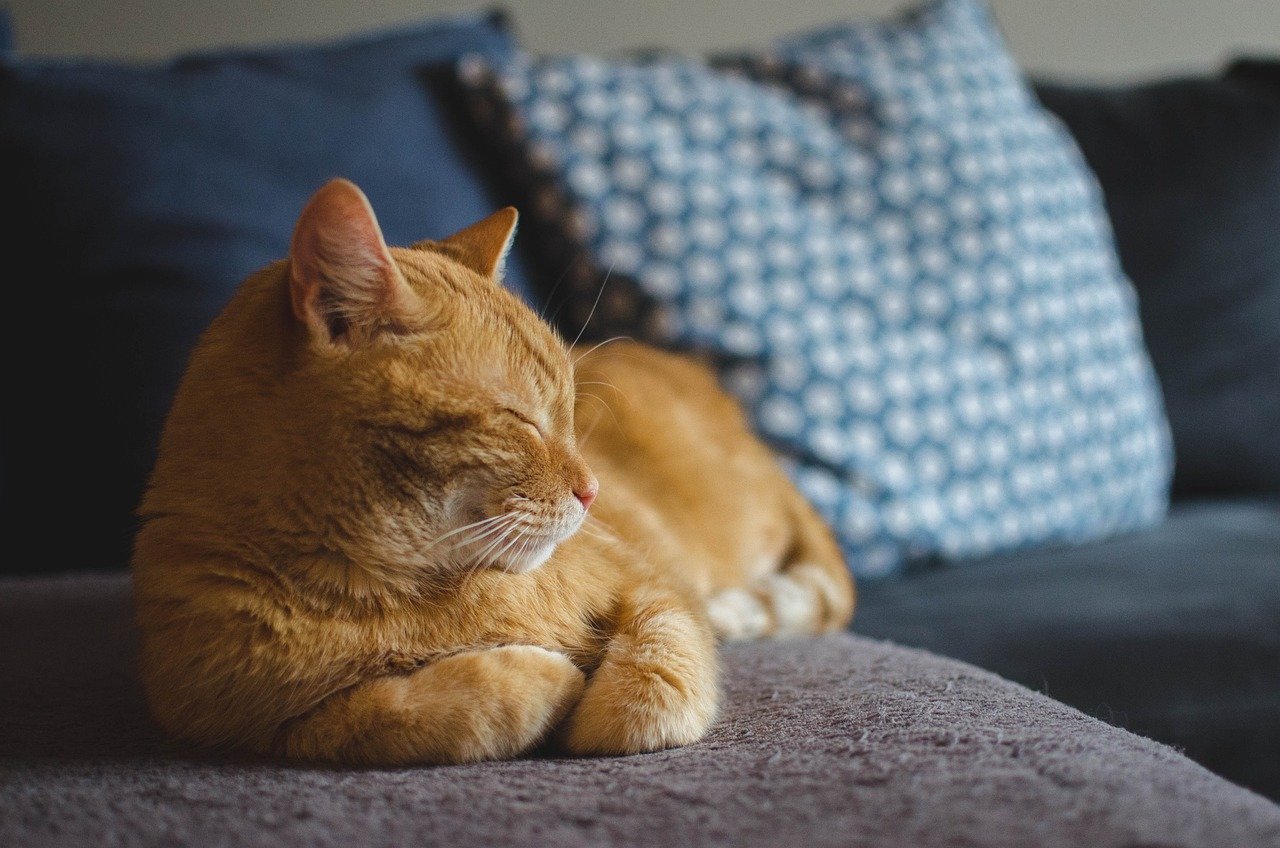
A new family member, pet, or even a visitor can throw off a cat’s sense of safety. Cats are sensitive to changes in routine and environment. Even moving a piece of furniture can trigger a migration to a safer sleeping area. They need time and space to adapt, and changing their sleeping spot is how they cope with shifting dynamics in their home.
Noises That Startle and Disturb
Loud noises, such as thunderstorms, fireworks, or household appliances, can be incredibly stressful for cats. When their environment becomes too chaotic, they’ll seek out quieter, more secluded spots. A washing machine starting up or a sudden clap of thunder might be all it takes for a cat to abandon its favorite bed for a hidden nook under the bed or in a closet.
Intruders and Unfamiliar Scents
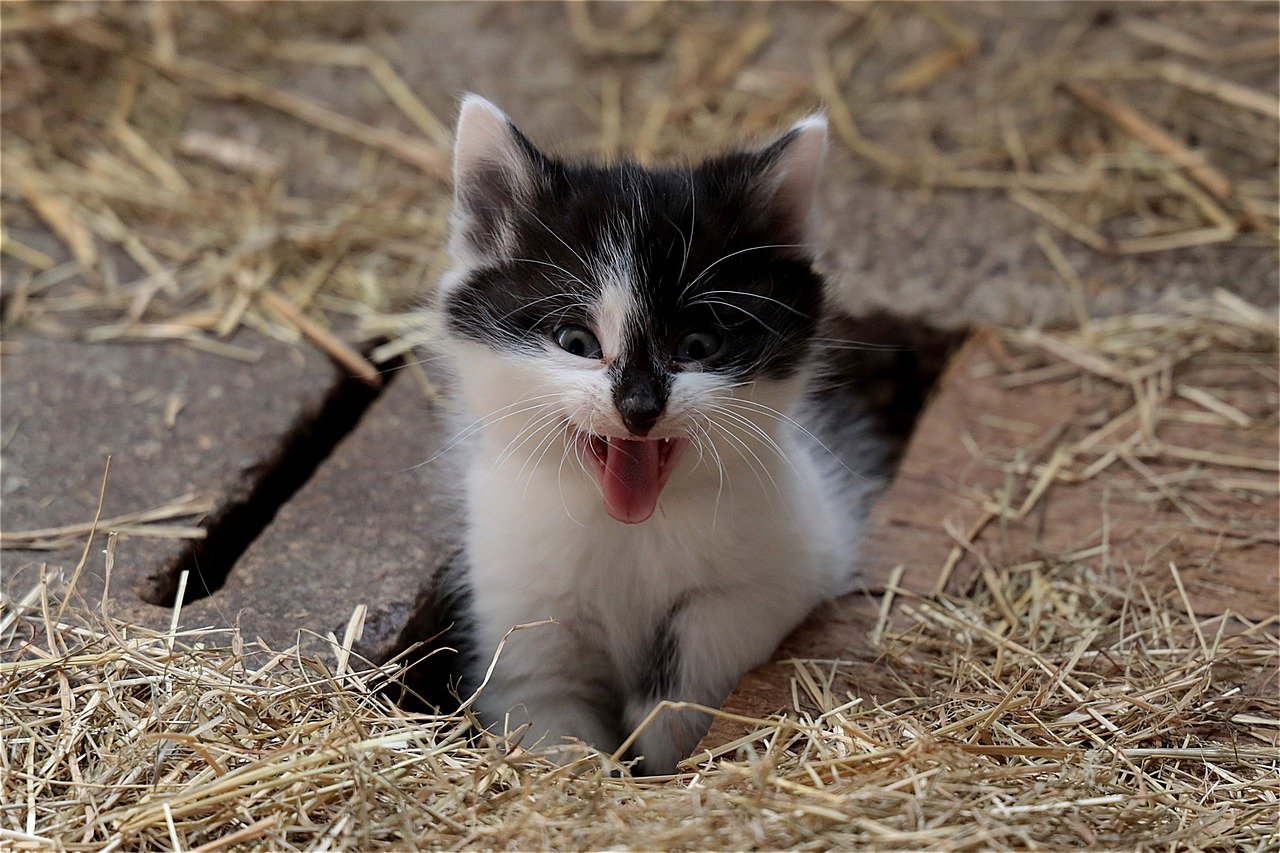
Cats have a strong sense of territory. When another animal or a strange human enters their space, their first reaction is often to hide or relocate. The presence of a new scent can make their usual spot feel unsafe. A cat might avoid a favored location if it smells another animal or even a strong cleaning product.
Changes in Light and Temperature

Temperature and lighting play a big role in where cats choose to rest. A spot that was once warm and sunny might become chilly or shaded. If a cat feels too exposed due to increased light or uncomfortable temperatures, it will find a place that better suits its need for comfort and safety.
Health Issues and Discomfort
Sometimes, a change in sleeping spot signals more than just environmental discomfort—it can point to health problems. If a cat feels unwell or in pain, it might hide or seek out a more private space. Cats are masters at masking illness, so a sudden change in sleeping habits could be their way of protecting themselves while they recover.
Instinct to Avoid Predators
Even though our homes are safe, cats still carry the instinct to avoid predators. In the wild, sleeping in the same place every night would make them easy targets. By changing spots, they reduce the risk of being found. This natural behavior persists in domestic cats, especially when they feel uneasy or threatened.
Protecting Their Territory
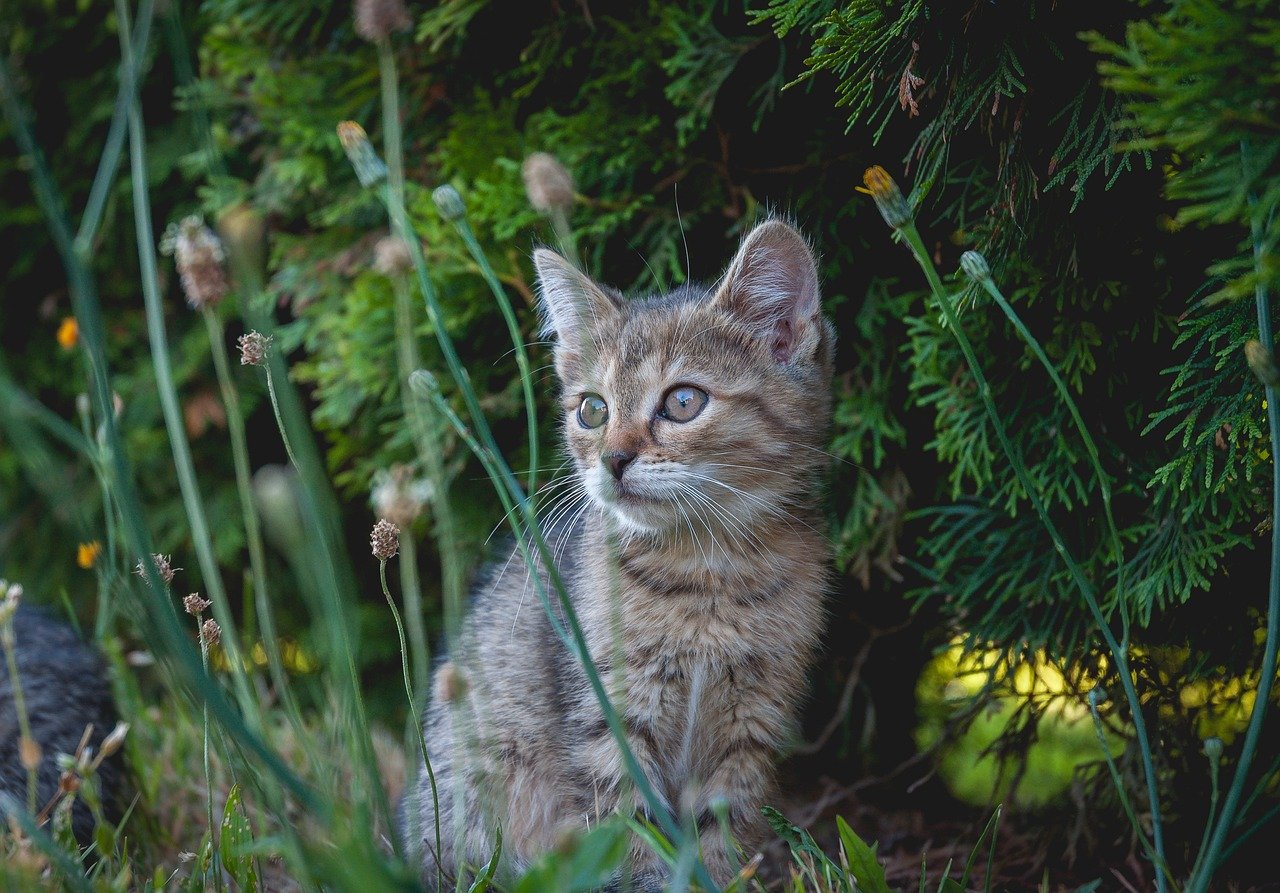
Cats are territorial animals. If they sense their territory is threatened—by another pet, a wild animal outside, or even a neighborhood cat seen through the window—they might relocate to keep watch from a safer vantage point. This helps them maintain control over their environment and feel more secure.
Seeking Privacy and Solitude
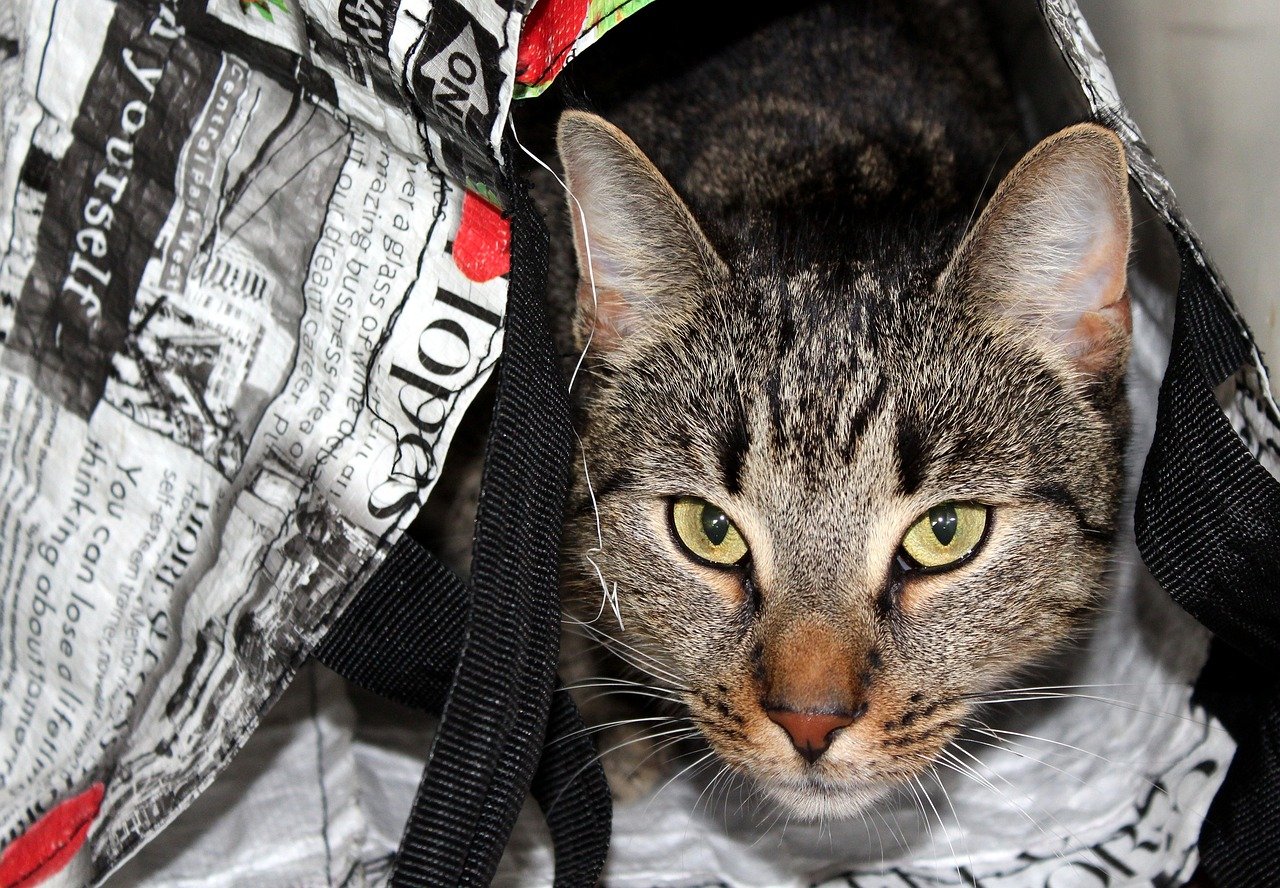
Sometimes, a cat just wants to be left alone. If their usual spot becomes too busy or exposed, they’ll find a quieter, more private place to rest. This is especially true in homes with young children or lots of activity. Privacy is precious to cats, and they’ll move to maintain it.
Comfort and Softness Matter
The comfort of a sleeping spot is crucial. If a blanket is taken away or a pillow becomes lumpy, a cat might look for another soft, inviting place to curl up. Even small changes in texture or support can make a big difference to a cat’s sense of comfort and security.
Marking Safe Zones with Scent
Cats use scent to mark safe areas. When they rub their face or body on a spot, they’re claiming it as their own. If their scent is covered up or replaced, they might feel like the spot no longer belongs to them. This can prompt them to choose another place and start the marking process all over again.
Adapting to New Routines
Life changes, such as new work schedules, renovations, or travel, can affect a cat’s routine. As routines shift, so do their sleeping patterns. They’ll seek out new spots that fit their updated schedule, often choosing places that are quieter or more secure during the busiest times of day.
Responding to Owner Behavior

Cats are highly attuned to their owners’ moods and behaviors. If an owner is stressed, upset, or acting differently, a cat may sense this and feel less secure. This can lead to a change in sleeping spot, as the cat searches for a place where it can relax without absorbing the tension in the air.
Hiding from Conflict
If there’s tension between household pets, a cat may avoid its usual sleeping place to escape conflict. Whether it’s a new kitten, a territorial dog, or another cat, any sign of potential aggression will send a cat searching for a safer location. This helps them avoid unnecessary confrontations and stress.
Seasonal Shifts and Weather Changes

As the seasons change, so do the best spots for warmth or coolness in the house. In winter, a cat might move closer to a heater; in summer, they might seek out cool tiles or breezy windowsills. Sudden storms or changes in weather can also make previously safe spots feel uncomfortable or exposed.
Seeking High Ground
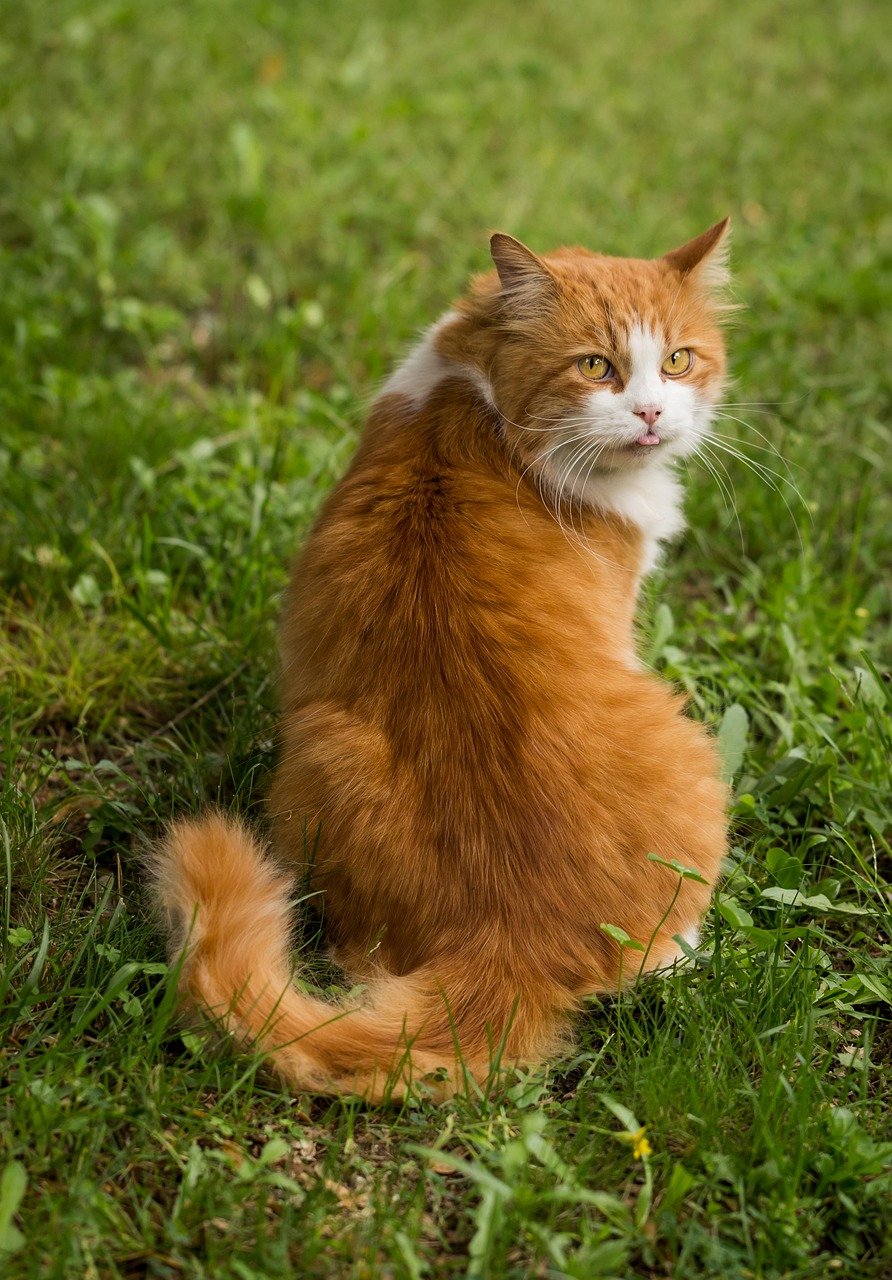
Cats love vertical spaces—they feel safer with a good view. If a cat feels unsafe, it might seek out higher ground, like the back of a couch, a windowsill, or a bookshelf. Being up high gives them a sense of security and control over their surroundings, reducing anxiety.
Young Cats vs. Older Cats
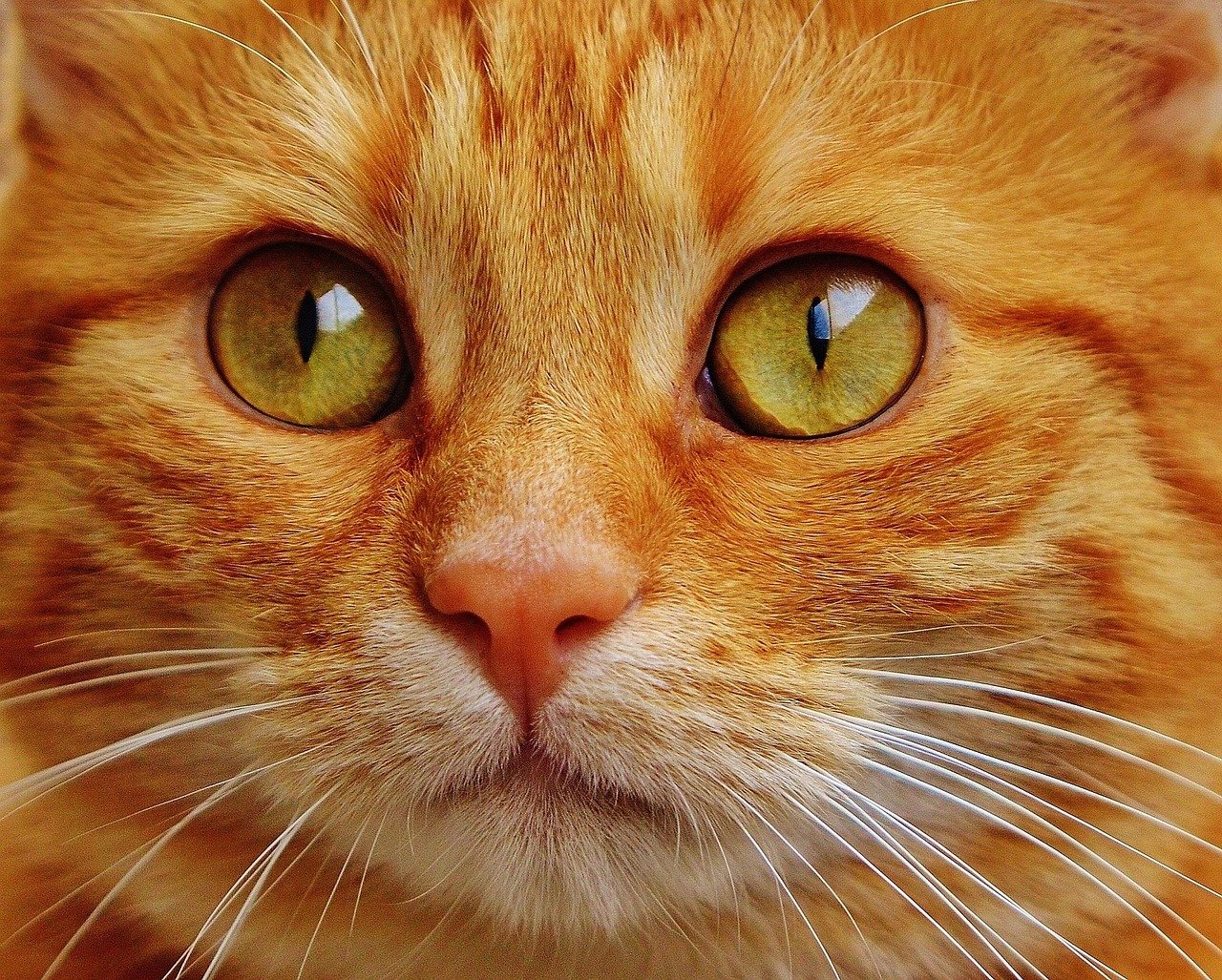
Younger cats tend to be more adventurous and may change sleeping spots more often, especially when startled or exploring. Older cats, on the other hand, may become more set in their ways but are quick to move if they feel threatened or uncomfortable. Both age groups are driven by the same need for safety, though they may express it differently.
Cats’ Emotional Sensitivity
Cats are deeply emotional creatures, even if they don’t always show it. A sudden sense of unease, loneliness, or stress can cause them to leave a favorite spot behind. Their emotional world is complex, and their sleeping choices reflect their need for comfort, reassurance, and peace.
Trust and Bonding with Owners

A cat’s choice of sleeping spot often signals how much it trusts its owner. When a cat feels safe and bonded, it may choose to sleep near its human. But if something shakes that trust—even temporarily—they may retreat to a more secluded spot. Rebuilding trust and restoring a sense of safety is key to seeing your cat return to its favorite sleeping place.
Hi, I’m Bola, a passionate writer and creative strategist with a knack for crafting compelling content that educates, inspires, and connects. Over the years, I’ve honed my skills across various writing fields, including content creation, copywriting, online course development, and video scriptwriting.
When I’m not at my desk, you’ll find me exploring new ideas, reading books, or brainstorming creative ways to solve challenges. I believe that words have the power to transform, and I’m here to help you leverage that power for success.
Thanks for stopping by, Keep coming to this website to checkout new articles form me. You’d always love it!






